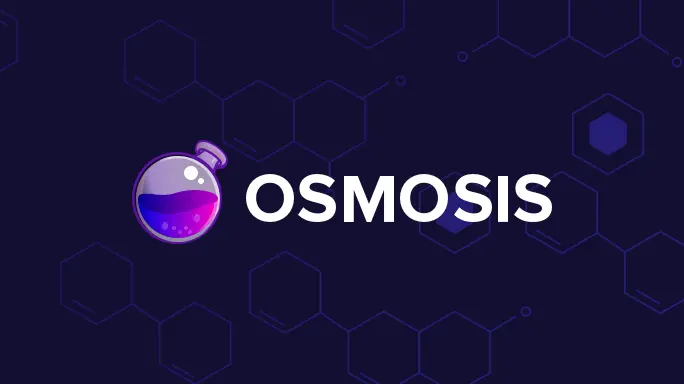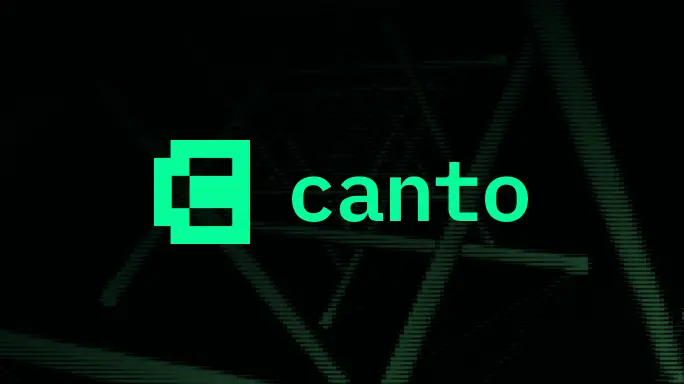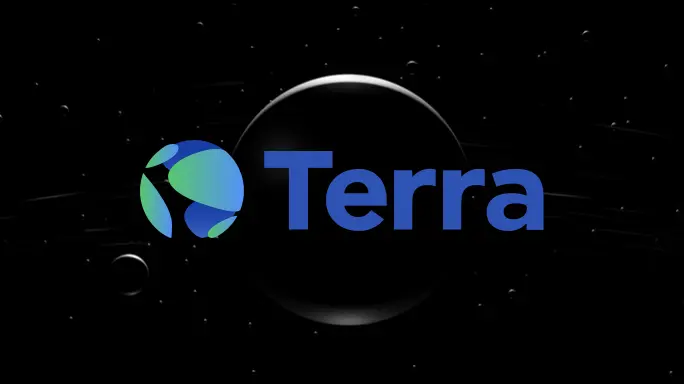Cosmos Crypto
ATOM
Cosmos Crypto Explained: What Holds in the Future of the Interchain Network?
Cosmos, the interchain network, is often described as "an ecosystem of interconnected apps and services". With robust modules in place for DApps development since its inception, will Cosmos stand out against competitors in the market?
Key Individuals Behind Cosmos
With independence, scalability and interoperability of blockchains in mind, Cosmos has started with three innovative key individuals, who respectively played the following roles.

Jae Kwon
- Founder and CEO of Tendermint
- Founder of Gno.Land
- CEO of NewTendermint
- President of InterChain Foundation

Ethan Buchman
- Co-Founder and CTO of Tendermint
- CEO of Informal Systes
- Vice President of Interchain Foundation

Peng Zhong
- CDO and CEO of Tendermint
- CEO of Ignite
The Beginning: How Cosmos Started
The Birth of Tendermint
- Inspired by the development of the Proof of Stake (PoS), Jae Kwon created Tendermint, one of the earliest blockchains attempting to solve the Byzantine Generals Problem with a Byzantine Fault Tolerant (BFT) consensus algorithm and Security-Deposit-Based Proof of Stake (also commonly known as a “slasher”).
The Cosmos Whitepaper Receives Public Recognition
- Jae Kwon and Ethan worked with Peng Zhong to develop the Cosmos whitepaper, which proposed an “Internet of Blockchains”. User base of Tendermint also grew, while Cosmos won an award for “Most Innovative Project” at the International Blockchain Week in Shanghai.
Early Growth, User Adoption and Investor Funding
- Funding from ICF while testnets of Tendermint are being run. The team continued to develop on wallets, application framework, improving Tendermint and designing PoS algorithms, iterating on early versions of the Cosmos SDK and the Cosmos Hub software, as well as sketch designs of Ethereum bridges, DEXs and smart contract languages.
Shaping the Structure of the Cosmos Ecosystem
- The Cosmos SDK was formed. Key contributor Zaki Manian officially joined the team and led the testnet program, including Game of Stakes, the Cosmos Hub, the Stargate upgrade and decentralized testnet launches with over 100 validators, breaking grounds in large scale BFT consensus systems. A new business model, the proof of stake validator is born.
Cosmos Hub: Transition from Development to Production
- The first production-ready implementation of the Cosmos network was highly anticipated, bringing important features and improvements such as interoperatbility, scalability, decentralized governance and security. This marked the transition from development to production, making it possible for developers and projects to build and launched their own blockchain networks within the Cosmos ecosystem.
Chaos Among Key Contributors
- With disagreement between Jae Kwon and key contributor Zaki Manian, the founder left the Tendermint team and worked on other projects. In such a critical period, Peng Zhong took the spot as CEO of Tendermint.
A Complementary Relationship between NewTendermint and Ignite
- Tendermint separated into two entities, Ignite and NewTendermint. Jae Kwon returned as the CEO of NewTendermint, and focused on the core products of Cosmos. Peng Zhong took the role as the CEO of Ignite, which is the Cosmos community support accelerating its growth in the crypto space. This forms a complementary relationship with NewTendermint, where Ignite is primarily focused on building a strong community, promoting education and awareness as well as fostering investment and partnerships.
Cosmos Explained: Core Products and Tools
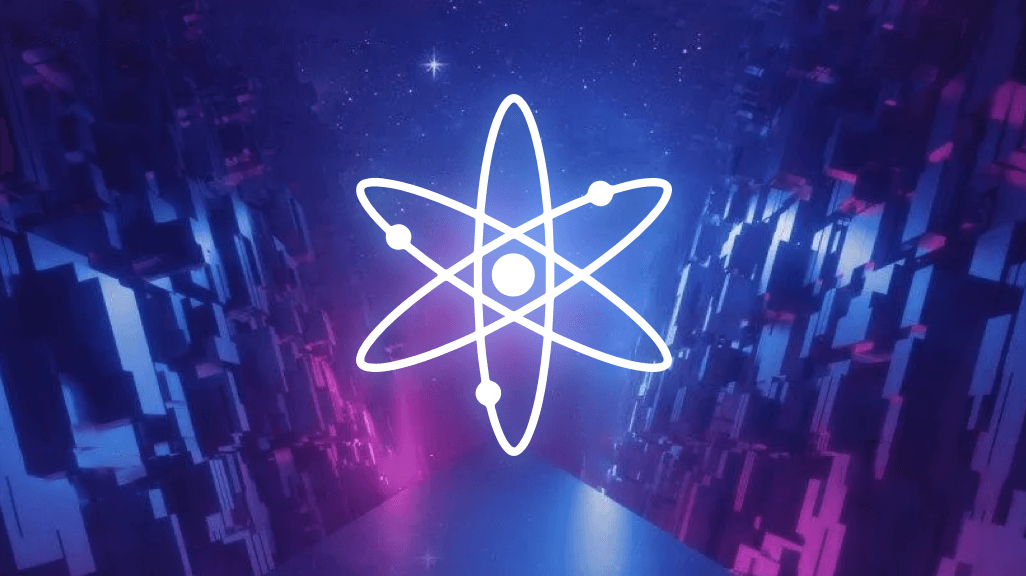
Cosmos Hub
Cosmos Hub is one of the earliest Cosmos products with the main function of transporting data for blockchains, known as "zones", connected to the hub. This is being done by keeping track of the state of each zone through the Inter Blockchain Communication (IBC) Protocol. This allows information to be transferred easily between zones. With future upgrades and adjustments on the Cosmos network structure as well as the new ATOM 2.0 token, Cosmos may well transform into a center of cross-chain security and liquidity.
Tendermint
In the Tendermint consensus mechanism, every node has different voting rights, and nodes with a certain threshold of voting rights are validators. As decisions are made based on voting counts instead of node counts, validators will own more tokens and keep the governance of the Cosmos network intact. Tendermint has a special data port – Application BlockChain Interface (ABCI), for connecting different blockchains by converting programming languages and consensus mechanisms to the Tendermint standard. These will be transferred and executed in the Tendermint protocol. This is also where the interoperability of Cosmos came from.
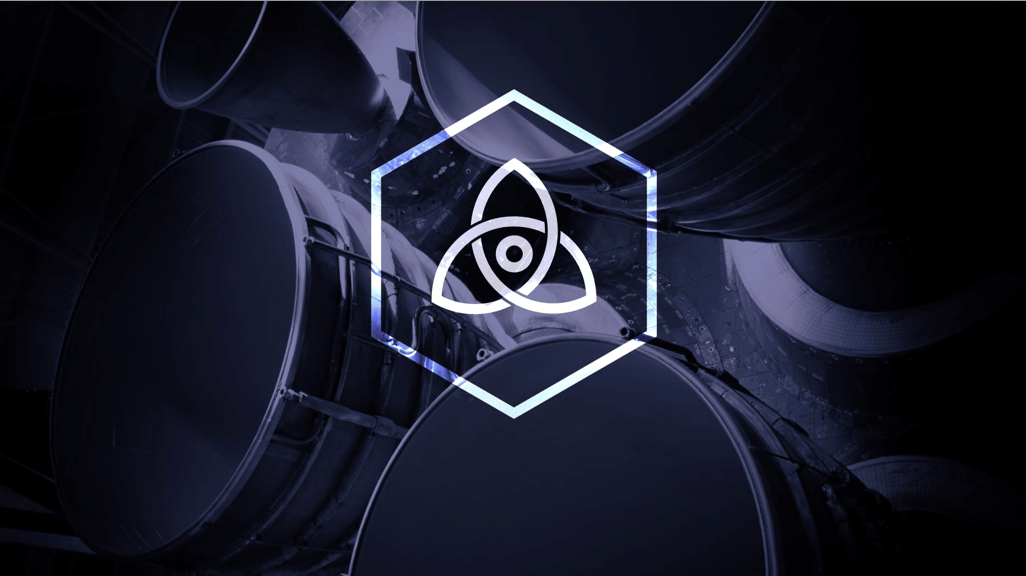
Other Cosmos Core Products
Cosmos SDK
This software development kit (SDK) is an open-source modular framework that enables developers to build custom blockchains, decentralized apps (dApps) and digital assets on the Cosmos network.
IBC
The Inter-Blockchain Communication (IBC) protocol establishes a secure connection between two blockchains, allowing developers to build and deploy decentralized applications (dApps) across multiple networks.
PoS Validator
The Proof of Stake (PoS) validator is a node that validates and records all transactions on the network, as well as participating in the consensus and governance process of the network.
Cosmos Based Protocols: A Wide Variety of Use Cases
With interoperability as the unique feature, Cosmos has allowed developers to innovate and get creative. Among a few notable protocols built using the Cosmos ecosystem are:
Other Cosmos Based Protocols










Cosmos Native Token ATOM: Before & After
In September 2022, an article titled “ATOM 2.0: A new vision for Cosmos Hub” discussed that value of the existing ATOM 1.0 is still over reliant on the Cosmos Hub rather than the entire network, with a proposal for ATOM 2.0 as below:
ATOM 1.0
ATOM 2.0
Cosmos (ATOM)
With the latest development of Cosmos (ATOM), the current price of Cosmos (ATOM) is $3.903, which is also -3.18%in the last 24 hours, and -4.46% in the past 7 days. For more information, see Cosmos price now.
Trade ATOM/USDTCosmos vs Polkadot vs Ethereum: Comparison Against Major Competitors
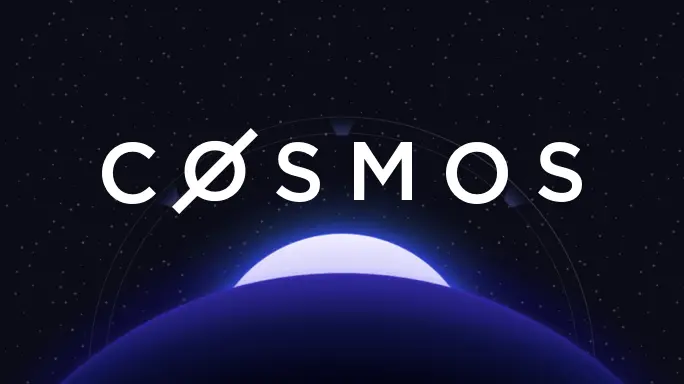
Cosmos
Customisable support for dApps
Excellent network scalability
Easy deployment of new blockchains
Weak correlation between native token ATOM to the ecosystem
Relatively weak ecological status
or learn more aboutWhat is Cosmos
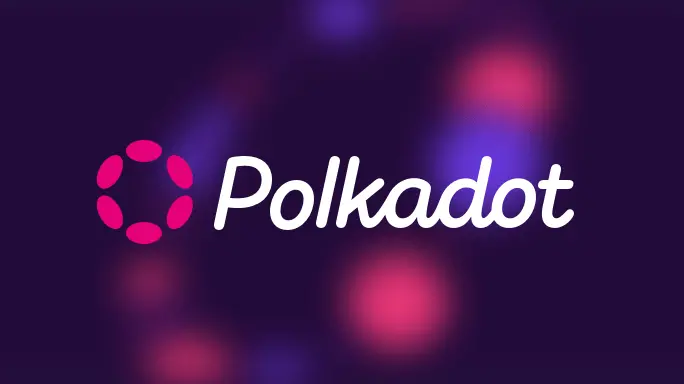
Polkadot
Customisable support for dApps
Network security guaranteed by relay chains
High cost of slot auction
Data transformation and governance of parachains must rely on the relay chain
or learn more aboutWhat is Polkadot
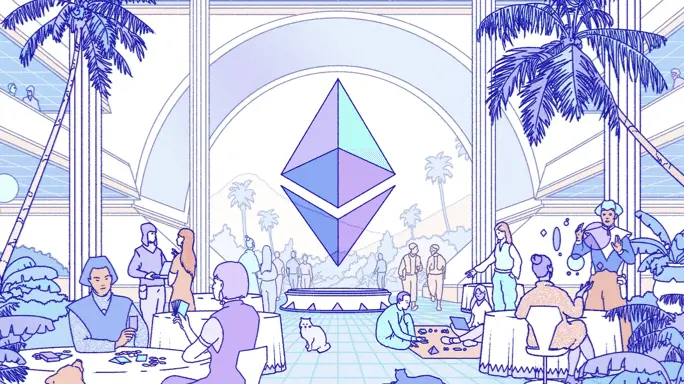
Ethereum
Sophisticated and robust ecosystem
Stable and established structure
Resource Competition between dApps
High gas fees due to high transaction volumes
or learn more aboutWhat is Ethereum
FAQ about Cosmos
What is Cosmos in the cryptocurrency world?
Is Cosmos (ATOM) crypto a good investment?
What is the price prediction of Cosmos (ATOM) in the future?
How to buy Cosmos (ATOM) if this is justified to be a good investment?
Learn More About Cosmos

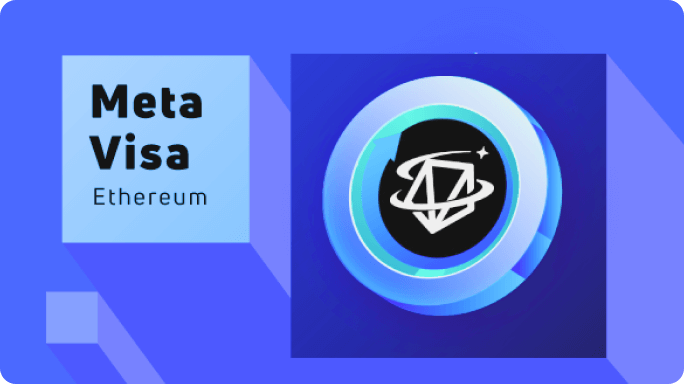
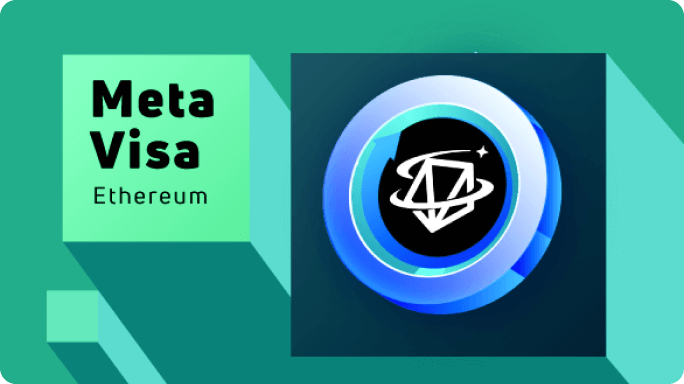
24/7/365 Customer Support
Should you require assistance related to Gate.io products and services, please reach out to the Customer Support Team as below.
Disclaimer
The cryptocurrency market involves a high level of risk.Users are advised to conduct independent research and fully understand the nature of the assets and products offered before making any investment decisions. Gate.io shall not be held liable for any loss or damage resulting from such financial decisions.Further, take note that Gate.io may not be able to provide full service in certain markets and jurisdictions, including but not limited to the United States of America, Canada, Iran and Cuba. For more information on Restricted Locations, please refer to Section 2.3(d) of the User Agreement.




